Montana’s Worst Fire Season and No One Knew?
October 13, 2017
This 2017 summer has been one of Montana’s worst fire seasons. Think it’s been a while? The last fire season as bad as this one was in 2012; that’s only 5 years ago. There were 1,497,972 acres burned that year. The year 2006 was ranked the second worst of that time period. However, 2017 is not far behind with 1,103,252 acres burned (that span of land is equivalent to the size of the state of Rhode Island) ; a number that’s rising. These fires have been spreading since July 23rd, yet no where on the news has this been spread or even acknowledged. With big news about the East Coast this year, the residents of Montana have been in a state of trouble.
Eric Whitney, a news caster for NPR announced “Seeley Lake is a perfect summer get away with lush forests surrounding crystal-clear water. But the lake’s been closed to recreation for the last few days so special air tankers can skim across its surface, scooping up 1,200 gallons of water at a pass to go drop on the Rice Ridge fire.” Not only has Seeley Lake been closed, but Montana has spent just about a million and a half dollars a day to fight these out of control wild fires. Though it isn’t unusual for Montana’s fires to grow out of control especially before the first snow fall, many are still anxious about how much and how fast the state is spending their fire fighting money.
Montana has at least a dozen or so wild fires yet to be contained. This is not only affecting Montana though; just this year the “Missoula-based Northern Rockies Coordination Center analyzes a fire region including Northern Idaho, Montana, North Dakota and Yellowstone National Park has recorded around 2,781 fires and 1,237,718 acres burned [all together].” Sarah Dettmer from the Great Falls Tribune.
The priorities of the fires are never determined by the size, but rather the threat the fire presents to the safety of the locals, structure loss and resources. But the drought is not helping the growth of the fires at all. The first harsh snow fall of this season was 10/3/17. Hopefully this will help with the firefighters with their on going battle with these wild fires.

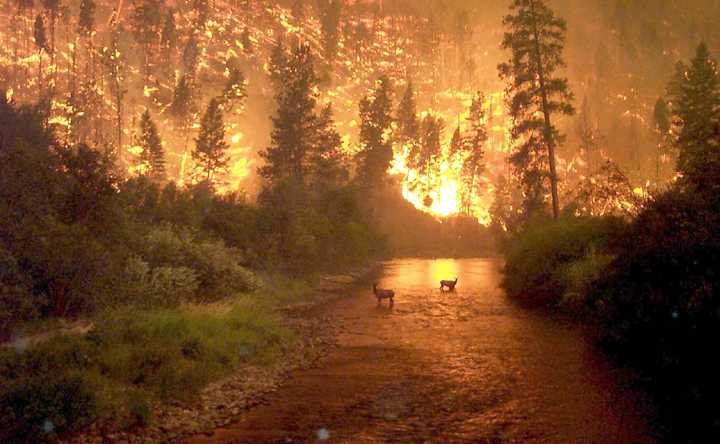

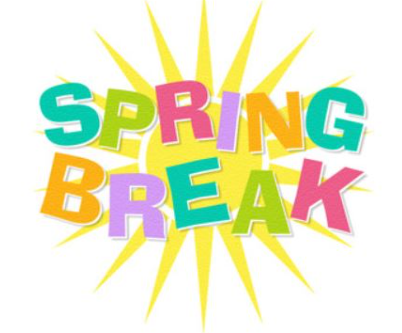




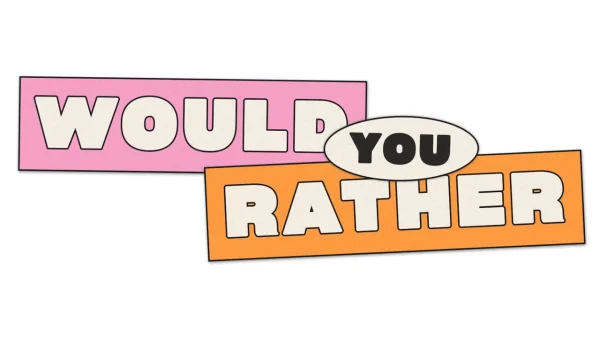



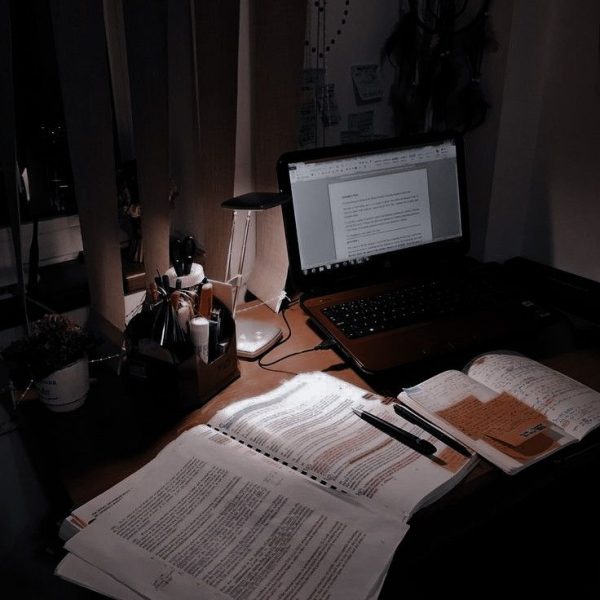






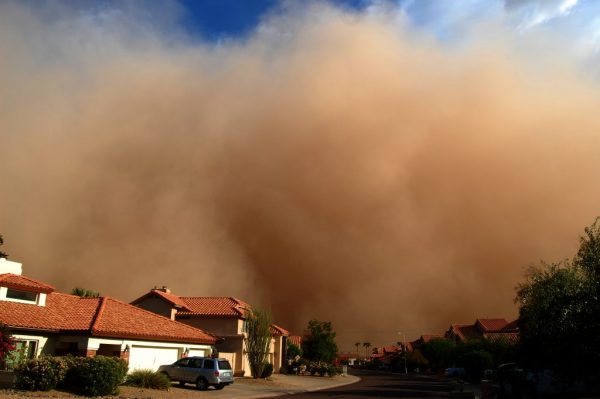
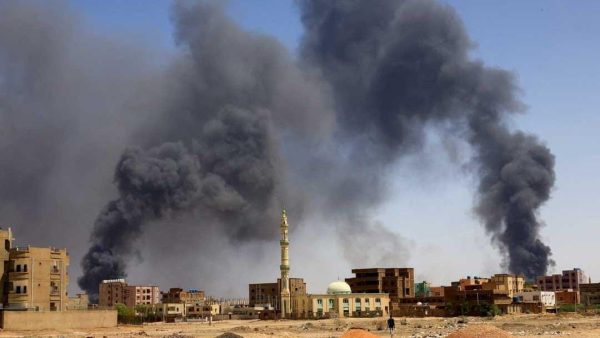


Matthew Damian • Nov 7, 2017 at 7:12 am
Very informative writing! It is nice to see facts and depth in topics that don’t usually come off as interesting to most readers.
Lauren Bulanek • Nov 3, 2017 at 1:09 pm
There’s so much supporting data here it’s incredible. With all the focus on the wild fires in California, it’s refreshing to see information about another environmental factor.